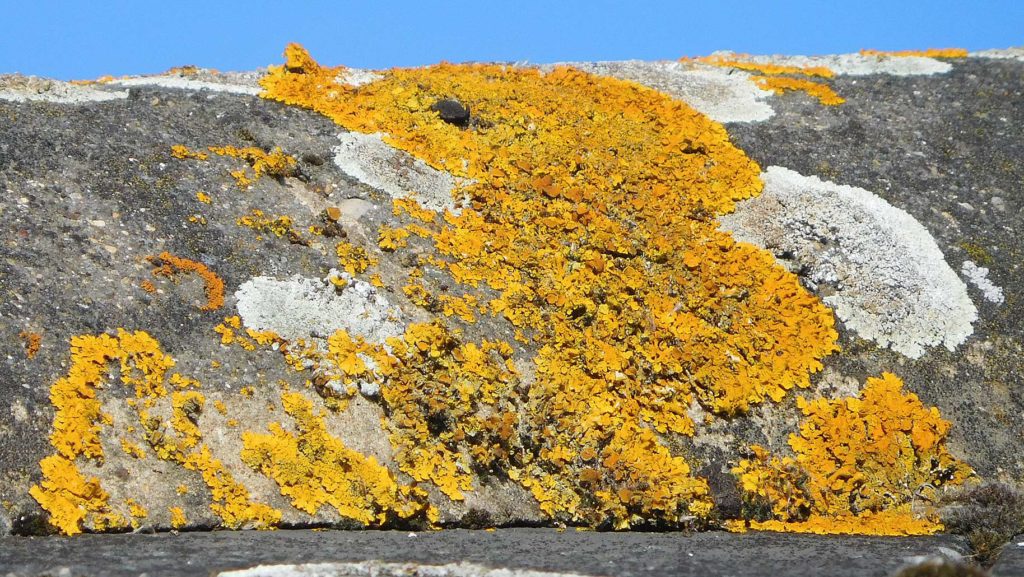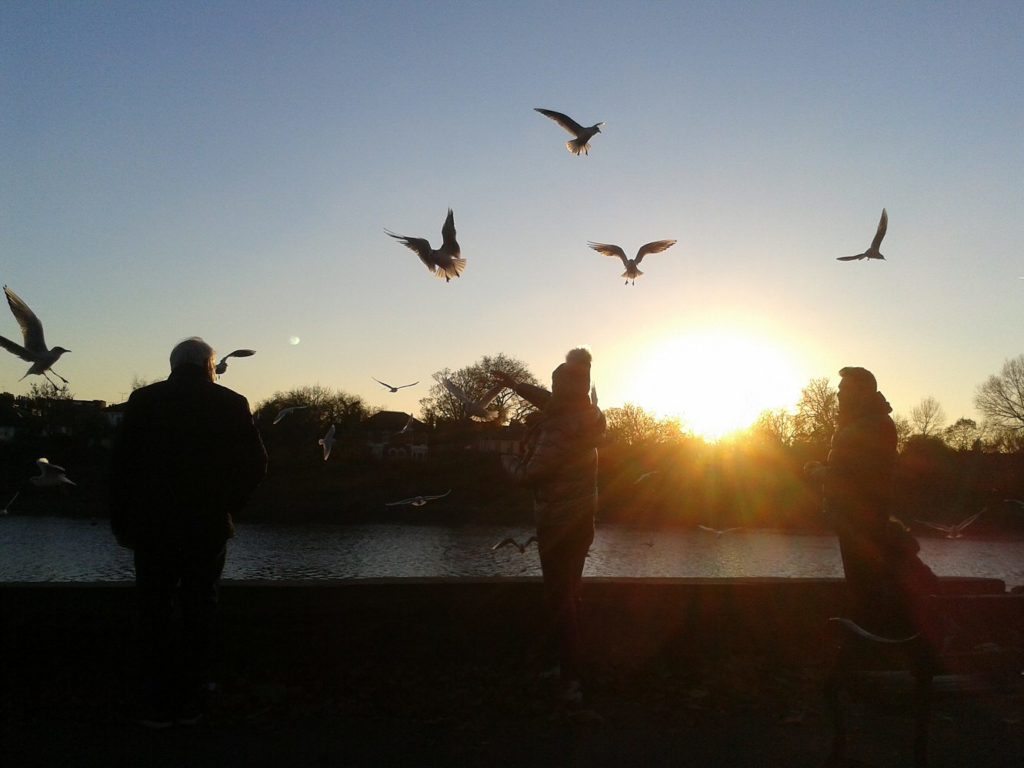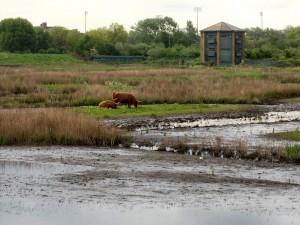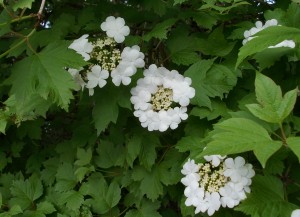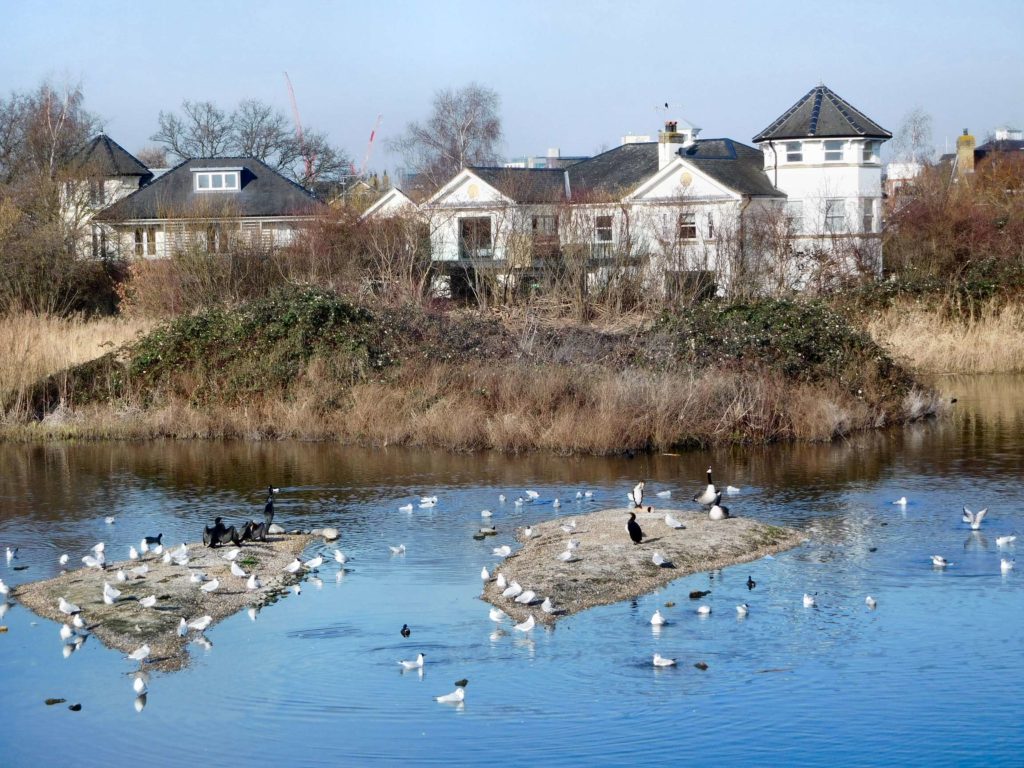
Well I don’t seem to have made it to the Wetland Centre for ages, but this gloriously sunny day was irresistible. It was an astonishingly quiet cycle ride along the river and through the backstreets, away from the grinding traffic.
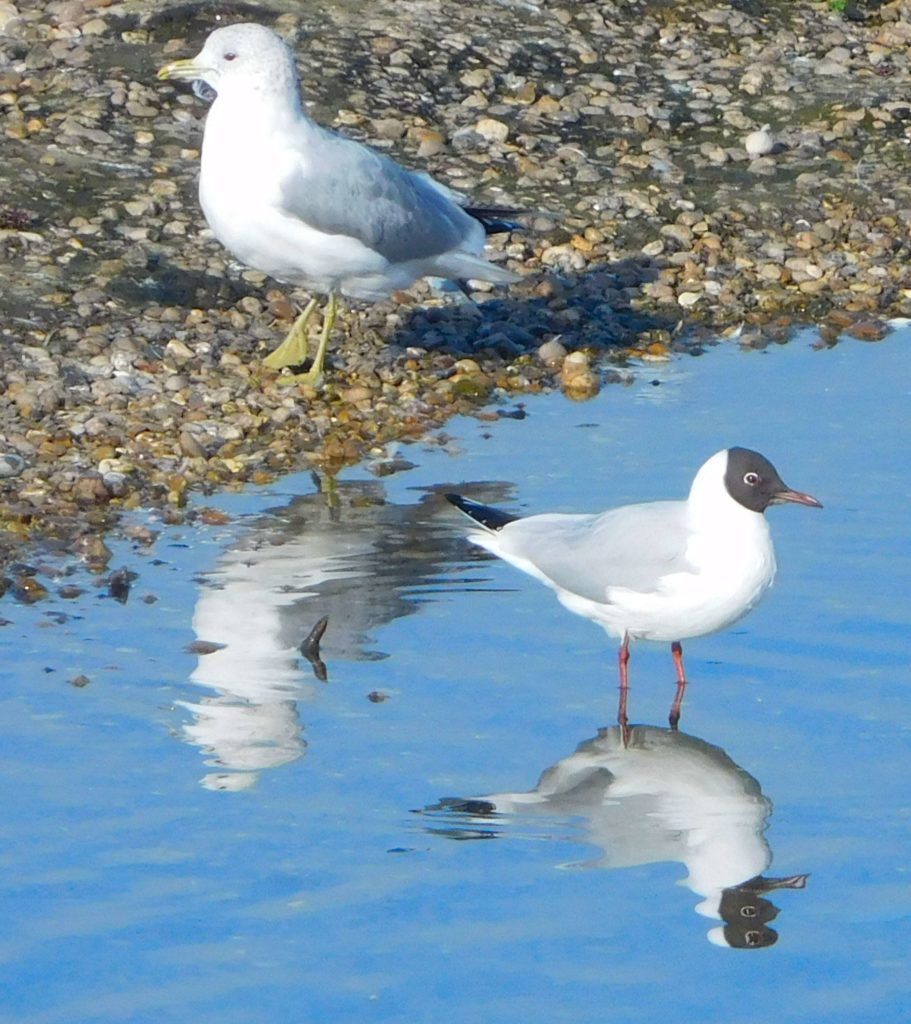
The centre was even quieter, as far as engine noise was concerned; from the hides over the Main Lake, birdsong, or rather the sharp calls of ducks and gulls, was all I could hear. The paths and play areas were heaving with families on Half-Term, young fathers looking unexpectedly burdened with excited and active toddlers.
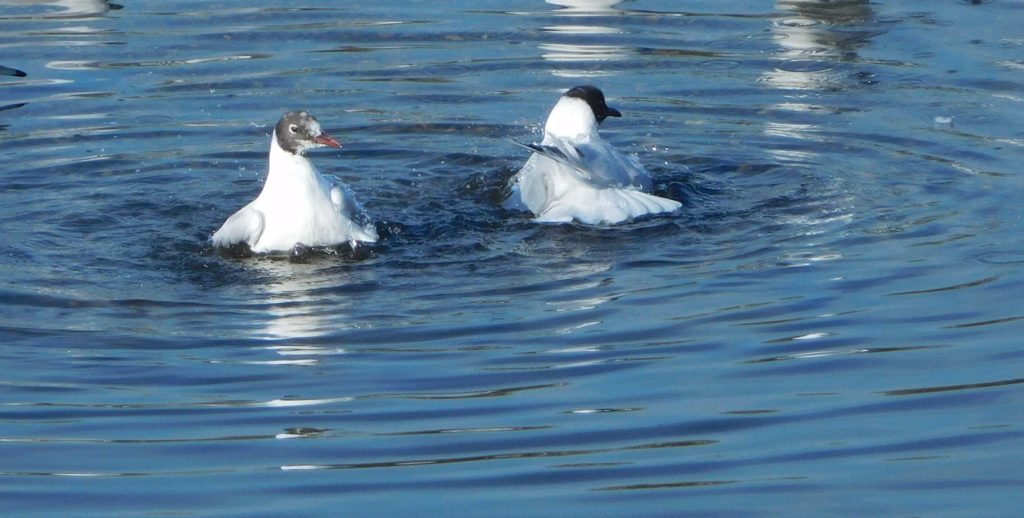
The birds, marvellously undisturbed, got on with their normal behaviour: I watched dominant/submissive social interactions, and of course preening and bathing in the calm shallow water.
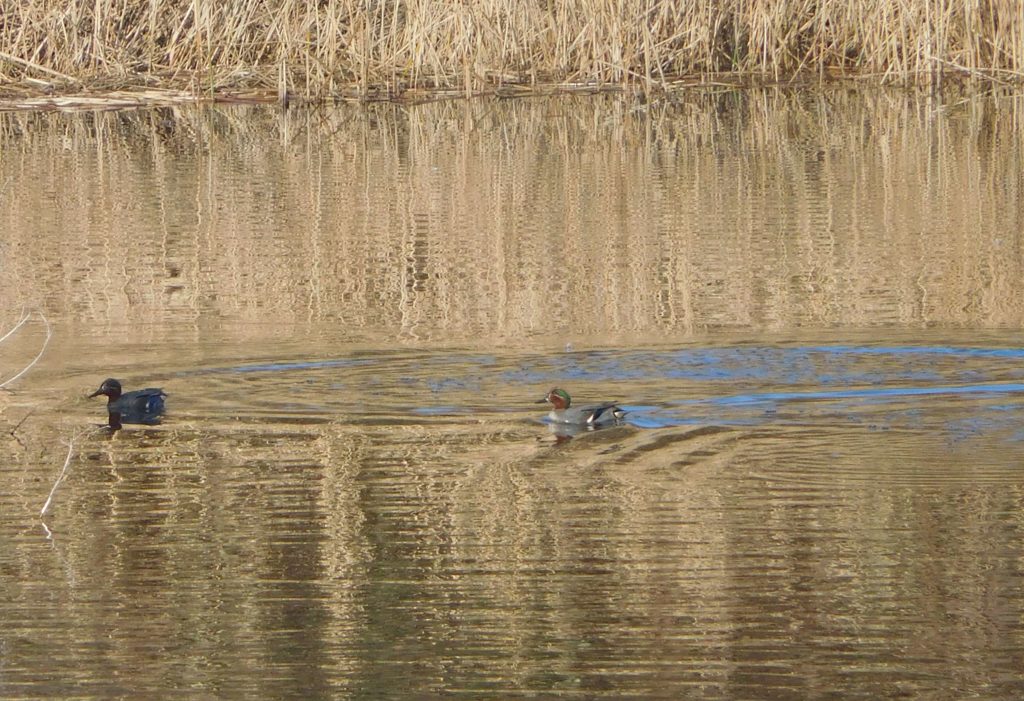
The different gulls showed off a rich variety of breeding and immature plumages, of which each species has many. At this time of year, the species look maximally different, as they signal their fitness to potential partners.
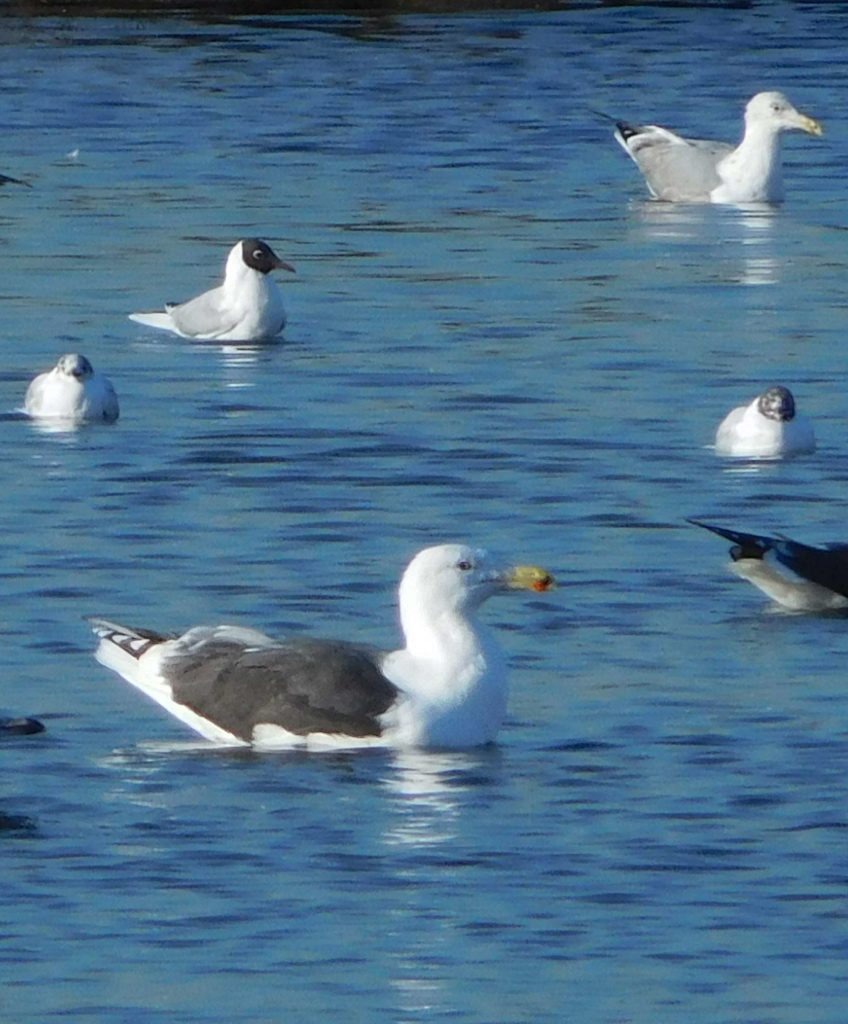
Ducks seen included Pintail, Teal, Mallard, Tufted, Shoveler, Wigeon, Pochard, and Gadwall. A mob of Lapwings, perhaps a hundred strong, got up from the islands from time to time, accompanied by Starlings that seem to be convinced they are waders and waterbirds. Cetti’s Warblers called loudly from all over. Long-Tailed Tits whirred about between the willows. Greenfinches wheezed their extraordinary but hardly tuneful spring song and massed on the bird-feeders; Chaffinches hopped about on the ground beneath them, hoovering up the crumbs. Children jumped up and down in the Splashometer puddles and on the deliberately wobbly rope suspension bridge cunningly set at water-level. Mothers wondered how to dry out their shoes. Grandads licked ice cream cones. I saw 32 species of bird, and enjoyed the Common Orange Lichen on the slate roof of the Wildside hide.
